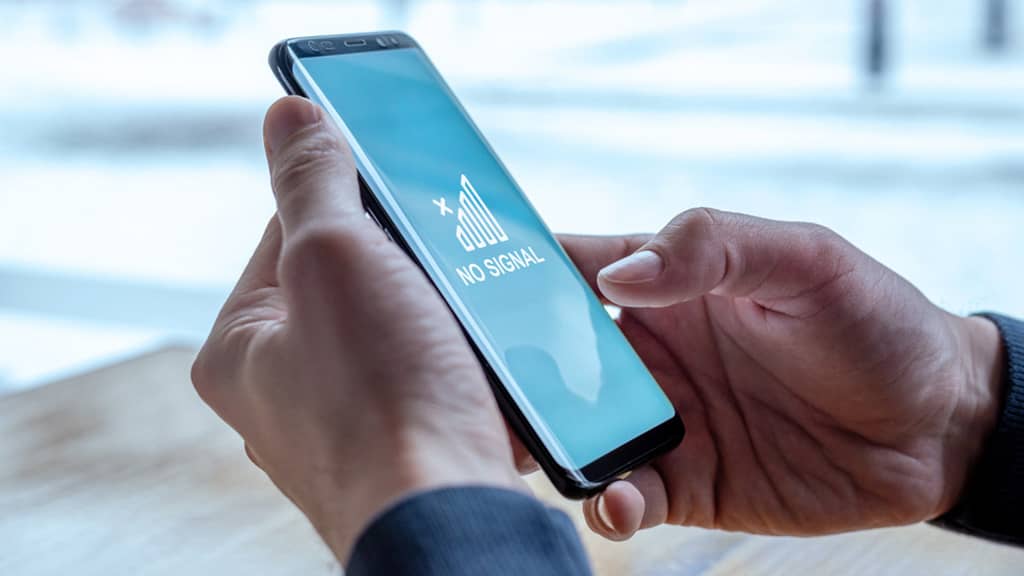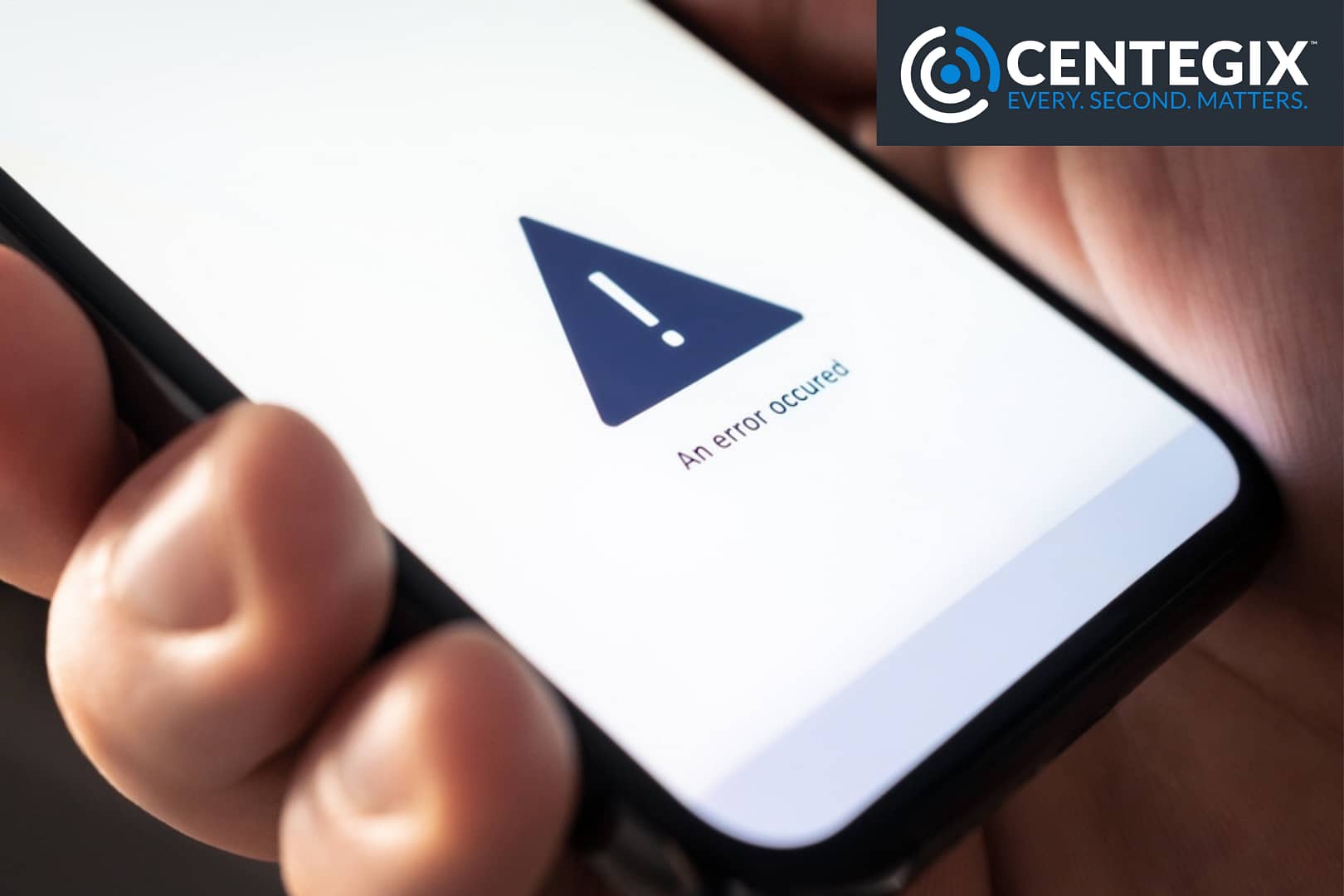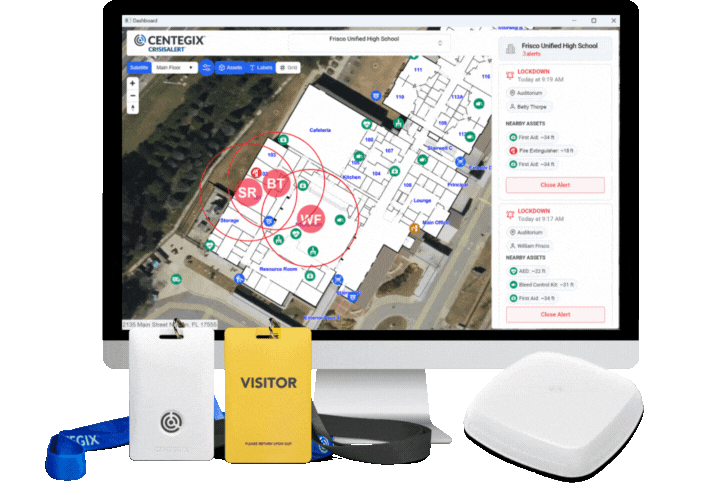When emergencies occur on school campuses, fast responses are critical. No matter the crisis, rapid response times can prevent injury and sometimes save lives. Innovative school alert system technology features a wearable emergency button that shortens response times. Conversely, most app-based school alert systems introduce complications that slow response times.
Wearable Emergency Buttons Request Help Fast
In all emergencies, from medical emergencies to student fights to campus-wide crises, staff should be equipped to alert for help as rapidly as possible. School alert systems that include wearable emergency buttons empower staff to request help quickly during a crisis. In Brantley County, Georgia, first responders intervened in a medical emergency minutes after a staff member initiated an alert on their wearable emergency button. A teacher heard an unusual sound outside their door and discovered a fellow teacher had fallen to the floor. Wearing their badge-based emergency response button, they pressed it three times, alerting the school’s principal and nurse of a crisis incident. The nurse immediately went to the location of the emergency and found the unresponsive teacher. These staff members initiated CPR as a second wave of help arrived, equipped with an automated external defibrillator (AED). They used the AED twice and were then able to detect a pulse. EMS took over and rushed the teacher to the hospital.
App-based Solutions are Susceptible to Human Error
Other school alert systems require more steps and introduce greater complexity to summon help. In practice, mobile app-based solutions can lengthen response times. Because these solutions depend on staff members having constant access to a mobile device, they are susceptible to time lags that do not occur with emergency panic button-equipped systems. In the Brantley County Schools incident, for example, had the responding teacher not been wearing their badge, they would have had to return to their classrooms to retrieve their phones and then had the presence of mind to either open and operate an app or make a phone call to request help. 
Expectations vs. Reality: App-based Solutions Fall Short
When confronted with a crisis, decision-making can become irrational. Many people do not have the presence of mind during emergencies to follow multi-step processes. For an app–based tool to be effective, the individual needing help must have their phone in their possession, be charged and connected to Wi-Fi or cellular service, and have the presence of mind to navigate the app effectively. A wearable panic button, however, eliminates thought processing from the equation: staff members can send an alert for help by simply pressing the one button on their wearable badge. Requesting help couldn’t be any easier. A variety of additional factors contribute to slower response times with app-based school safety systems:
- Staff do not always have access to their phones. Most teachers leave their phones at their desks or in their bags while providing instruction. A response can be delayed if a staff member has to decide whether to leave the emergency scene to retrieve their phone.
- Using an app requires perfect execution. Operating a multi-step process on a digital device—-finding the device, unlocking it, accessing the appropriate app, and taking action—is challenging under duress.
- Wi-Fi and cellular service can be undependable. In a crisis, staff must rely on the strength and availability of their school’s network to provide the help they need.
- Phone GPS does not provide accurate location information. Emergency responders need a precise location, not just a street address, for the quickest response.
- Some apps have a poor adoption rate among staff. Staff are reluctant to put a work-related app on their personal device and as a result, many will not download it. The technology is only effective if 100% of staff have it and know how to use it.
CENTEGIX CrisisAlert™: Every Second Matters
Staff members wear the CENTEGIX CrisisAlert badge on a lanyard around their neck, so help is always within reach. CrisisAlert does not rely on cellular or Wi-Fi coverage, eliminating poor connectivity as a barrier to sending alerts. This is particularly important in schools with cinder block construction where cellular service is challenging to access. A school staff member wearing a CrisisAlert badge is always empowered to signal for help in an emergency. According to staff members who have used CrisisAlert, initiating an alert is easy, and support comes fast. One user said, “I was able to get assistance for the student ASAP,” instead of spending valuable minutes looking for an administrator.
CENTEGIX CrisisAlert in Action
School staff empowered with CrisisAlert say that the wearable emergency button enables them to get help even with poor cellular service. One school staff member shared: “We don’t have [cellular] service in our building, and it can be difficult to get ahold of the office staff, so having something to immediately alert them of an emergency was incredibly helpful in a very scary situation.” Another adds: “CrisisAlert worked perfectly, and we were able to get emergency services to the school quickly. Time would have been wasted if I had to wait for a call to go through to the office, have an admin paged and sent to my classroom, and then a call go out to 911. The cell service is not good, and I may or may not have had a signal. I have peace of mind knowing I have access to my CrisisAlert [badge].” Teachers who have used CENTEGIX CrisisAlert to request behavioral interventions found that their wearable emergency buttons facilitated quicker resolutions than an app-based system. One teacher has used their CrisisAlert badge to initiate an alert during physical altercations. According to this teacher, doing so “was faster than pulling out my phone—all I had to do was press the badge three times.” Immediately, the school’s SRO and administration team responded. In another instance, a teacher texted their school’s behavior specialist for intervention but did not get a quick response. They continued: “I did not want a fight to break out in my classroom, so I used the badge. Within moments, help arrived to remove the student to a safe location.”
CENTEGIX Safety Platform™: A Multilayered School Safety Solution
CrisisAlert is part of the CENTEGIX Safety Platform, a multi-layered safety technology built for rapid incident response. Other solutions within the CENTEGIX Safety Platform include:
- CENTEGIX Safety Blueprint™. This dynamic digital mapping tool locates safety assets and reduces incident response times. Its customizable maps empower first responders to arrive quickly at the precise location where they are needed.
- Enhanced Visitor Management technology provides immediate location visibility on school campuses and allows staff to authenticate, manage, and locate visitors in real-time.
- Cloud-based reunification processes enable staff and administrators to gain visibility into the status of everyone evacuated and reunite students with their approved guardians.
When a staff member initiates an alert on their CrisisAlert wearable emergency button, elements of the CENTEGIX Safety Platform spring into action. Teachers and staff, therefore, receive support as quickly as possible. When an administration implements the CENTEGIX Safety Platform, it empowers staff and creates a culture of safety.










